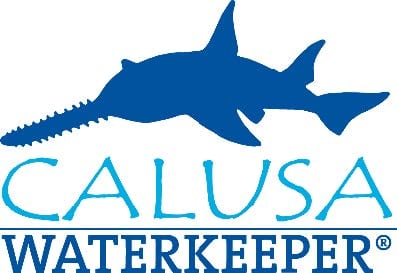by John Cassani
As most anglers know, fish habitat is varied and critical for successful feeding, reproduction and recruitment. Seagrass is a vital form of structural habitat for many species of estuarine dependent fish such as speckled seatrout, snook and redfish. Uniform distribution of seagrass is not what nature intended as depth and sediment variability may be controlling factors. The good news to anglers is that many recreationally important fish have adapted to the “edge effect” as ambush predators. Experienced anglers have learned that dropping a jerk bait or jig along the edge or in a hole opening in a seagrass meadow often yields a predictable response from a waiting trout or redfish. Unfortunately, there are many factors that suppress seagrass including limiting light availability due to excessive color or turbidity often resulting from water management policy decisions.
Careless boaters can also cause damage to seagrass from prop-scarring and altering sediment composition. The message for this issue is a reminder of how valuable seagrass is to marine ecosystems and remain cautious to avoid damage to this vital resource. Supporting organizations that promote seagrass conservation is another way to ensure a vital sport fishery into the future. To learn more about Calusa Waterkeeper visit us on Facebook or at www.calusawaterkeeper.org.


